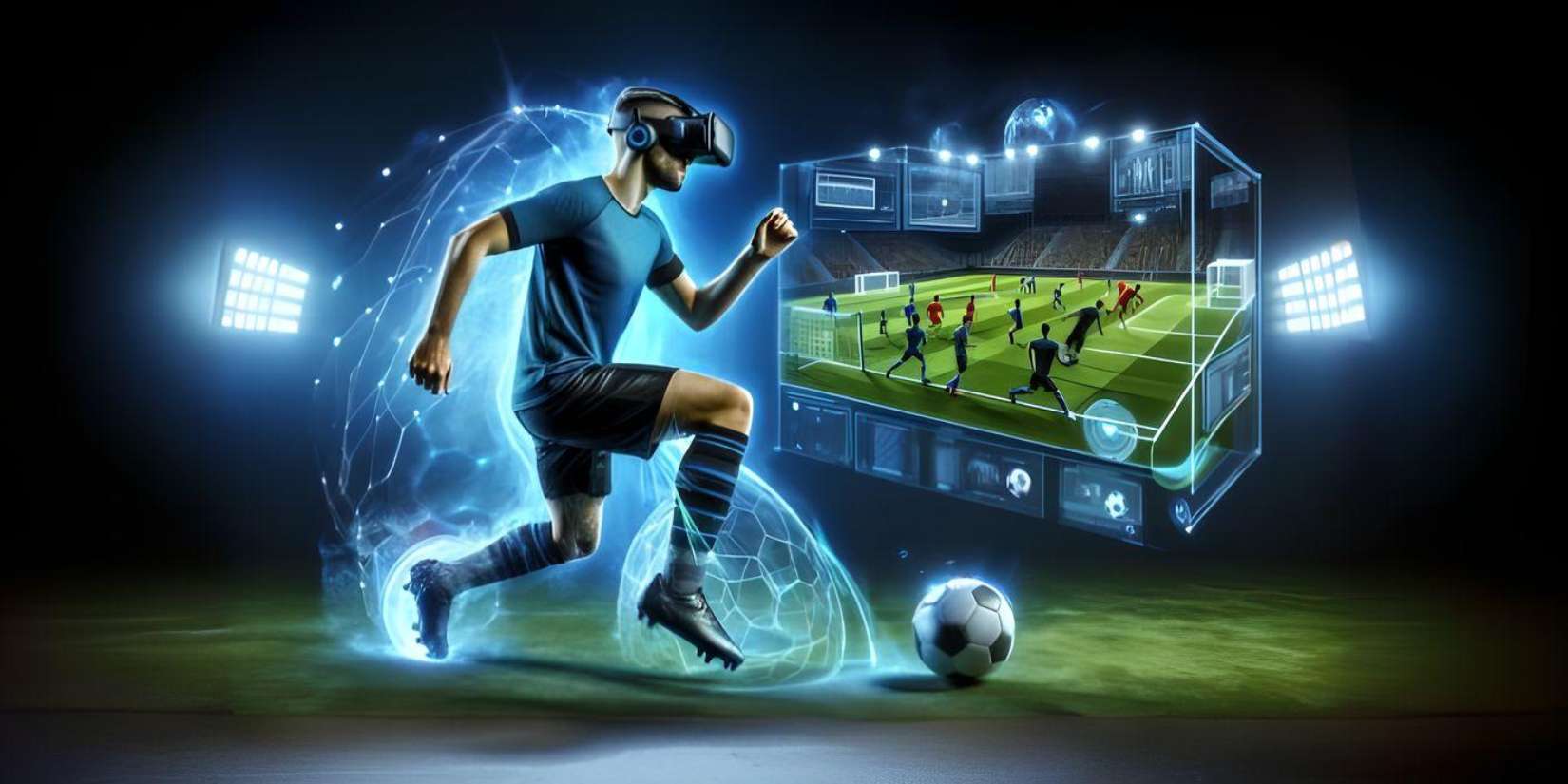The world of soccer is experiencing a revolutionary development with the implementation of virtual reality soccer training. VR, a computer-generated environment that makes scenes and objects appear natural, fully immerses the user in their surroundings. This technology offers unique opportunities to transform the way soccer players train and develop.
Advantages of VR in soccer training
VR in soccer offers an immersive and engaging training experience that can improve athletic performance. A key element of this is improving players’ decision-making and prediction skills through simulated scenarios that mimic real-life game situations. It also enables athletes’ performance to be analyzed in a controlled environment, allowing players to hone their skills more efficiently and without the risks of real-life competition conditions.
Challenges and limits
Despite the many advantages, VR technology still faces challenges in soccer training. One important aspect is the need to ensure the construct validity of the VR simulations. This means that simulations must provide an accurate representation of real-life soccer conditions to be effective. There is also an ongoing development towards fully interactive VR systems in which players can interact with virtual partners and influence the environment.
Application examples in real life
Real-world applications of VR in soccer training include specialized training software that helps players learn and repeat specific skills. This includes exercises such as headers, rondo drills and tactical training. In addition, VR is used to train and analyze cognitive functions of soccer players, such as reading the game and visual-exploratory activity. These aspects are crucial for decision-making during the game .
Concrete examples
- Rezzil Player 21: This VR training program is used by professional clubs such as Paris Saint-Germain, Manchester United and Liverpool FC. It includes training and analysis software that helps players learn and repeat specific skills such as headers, rondo drills and shooting tests. Rezzil Player 21 also offers a basic version of its training program for non-elite users that is compatible with HTC Vive and Valve Index headsets.
- Other functions of Rezzil Player 21: The software places the player in a large, covered training area where balls are fed from machines and targets are displayed in the goal to train shooting accuracy. There is also a challenge called “Color Combos”, where players have to hit colored balls with the correct foot.
Future prospects and development
The future of VR in soccer training looks promising. The technology is constantly evolving and is expected to play an important role in the development of athletes. Over time, more and more soccer clubs and training academies are expected to integrate VR into their training programs to improve the performance of their players.
Conclusion
VR in soccer training offers an exciting mix of technology and sport. While there are challenges and limitations, the benefits and potential of this technology are undeniable. The advancing development promises a new era in the training and development of soccer players.
